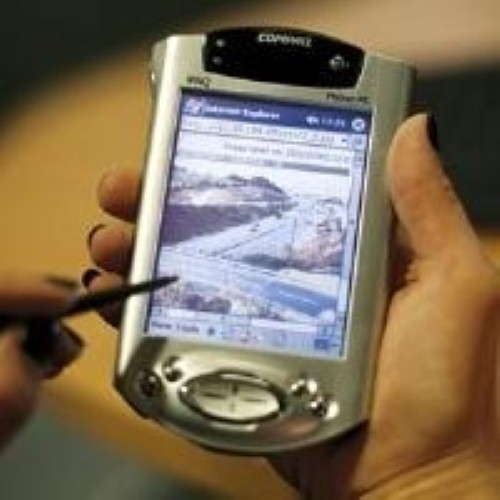Companies that have limited marketing budgets can find the best returns on their investments when they operate in areas that see the most traffic from consumers. This is the reasoning behind billboards on busy highways, advertisements on public transportation and commercials broadcast during highly rated television programs.
Not every company can afford to market themselves using these media, nor should they. The most important part of customer outreach and branding is to access an organization’s primary customer base. Small businesses are likely not looking to appeal to every person in the country, or even necessarily in a particular geographic area. Consequently, it is important to consider what sorts of media on which platforms clients spend most of their time.
That is why mobile marketing is expected to be the next important area that marketers need to understand and exploit. Like email marketing and social media outreach before it, mobile branding and promotion takes advantage of the fact that more and more people are using their smartphones to find information about products and media. According to online research group MobiThinking, 71 percent of smartphone users who see an ad on TV or via another platform will search for more information using their mobile device.
Therefore, it’s no surprise that mobile marketing is set to expand in the next year. A survey by AT&T found that 88 percent of businesses expect to see their efforts for this kind of branding and promotion expand in the next year. Here are the top responses from companies for how they will implement this, along with some ways in which small businesses can get in on the action.
Mobile apps – 43 percent
A lot of companies have found success by creating their own mobile apps that can be used to share messages with customers, streamline orders and increase the extent to which clients are kept abreast of promotions and savings. Businesses that can afford this kind of software development can consider this a viable option, but most organizations aren’t likely to be able to afford the time and effort that such a project requires.
Instead, it is possible to latch onto existing applications and tether one’s commercial identity to them. For example, platforms such as CitySearch or Google Maps feature their own apps that help consumers locate businesses and read more about them. Be sure to liberally promote the fact that a business is connected to and featured on such applications if that company has an established relationship with these services.
Mobile barcodes – 41 percent
Even businesses that do a majority of their business online will occasionally have a need to advertise offline. Flyers, posters, pamphlets or local newspaper ads can be used to great effect, especially for companies with a local focus. QR codes are a burgeoning method for allowing people to use their smartphones to instantly connect to a mobile website. Explain to clients how to use these barcodes, and place them liberally on any offline marketing materials.
SMS messages – 34 percent
Text messaging is an important way for many people to stay connected with one another, so it’s no wonder that companies are optimistic about its commercial use going forward. However, it’s important to tread a fine line with SMS messages. People won’t be pleased if they receive them without solicitation, so make sure to ask permission before sending reminders about events and promotions to people’s phones. Even once it’s clear that consumers are allowing these messages, don’t send them too frequently for fear that customers will become sick of them.

